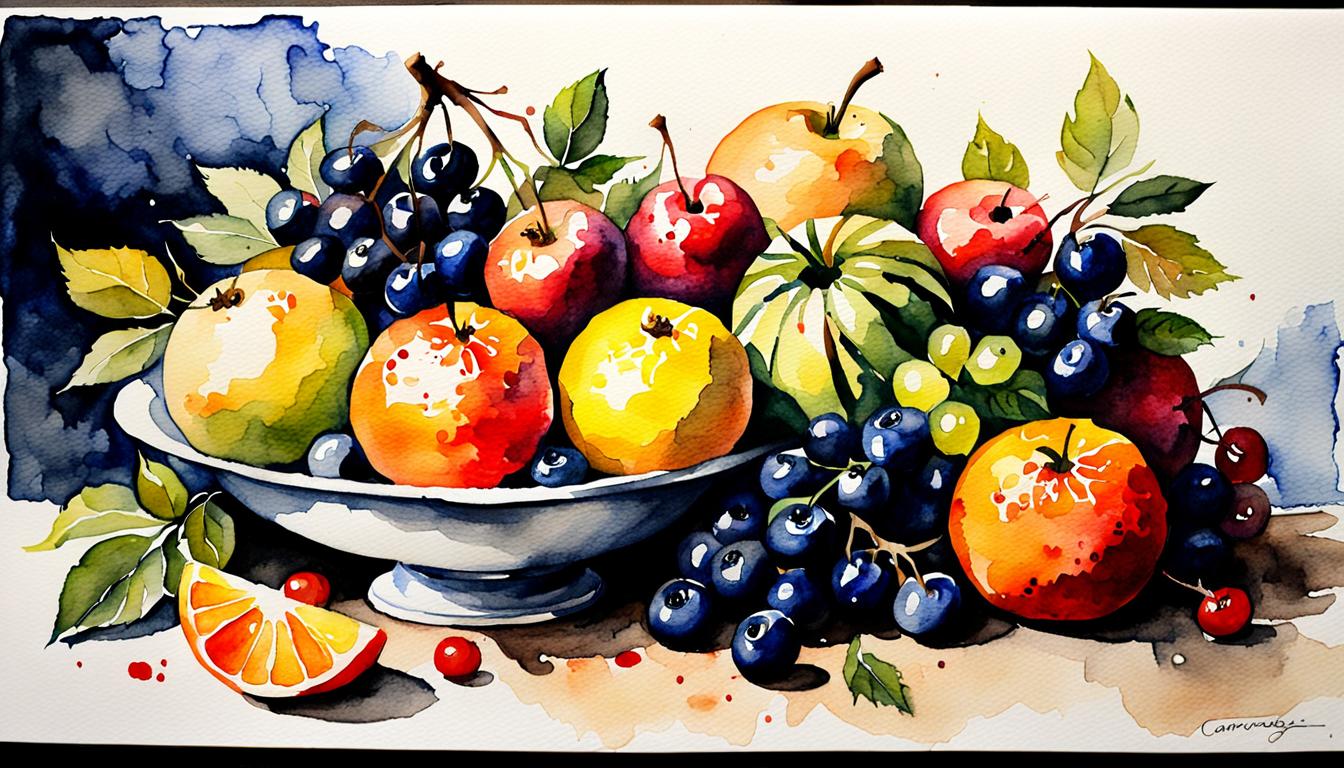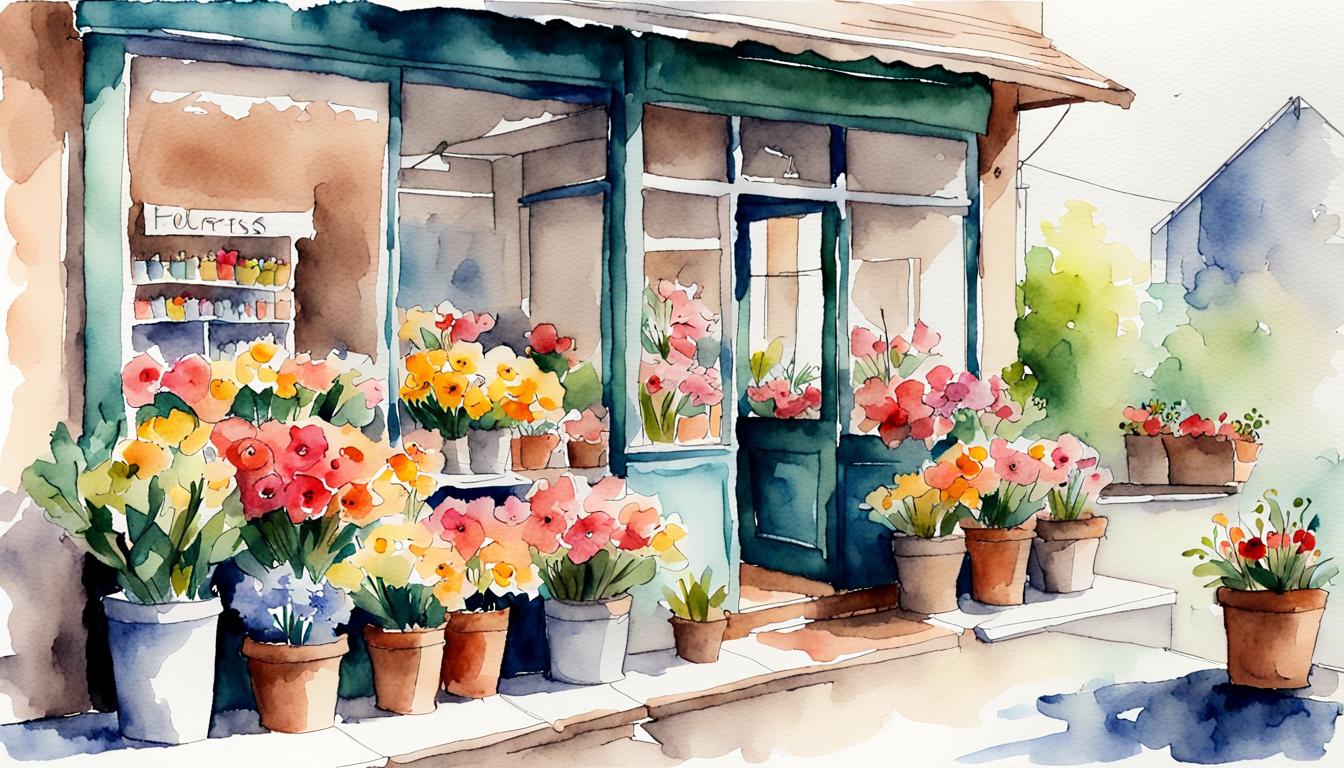Watercolors are a versatile and expressive medium that can be used to tell captivating stories. Whether you’re a beginner or an experienced artist, watercolor painting offers a unique way to convey narratives through color, composition, and technique. In this article, we will explore various approaches and techniques to help you effectively use watercolors to tell a story.
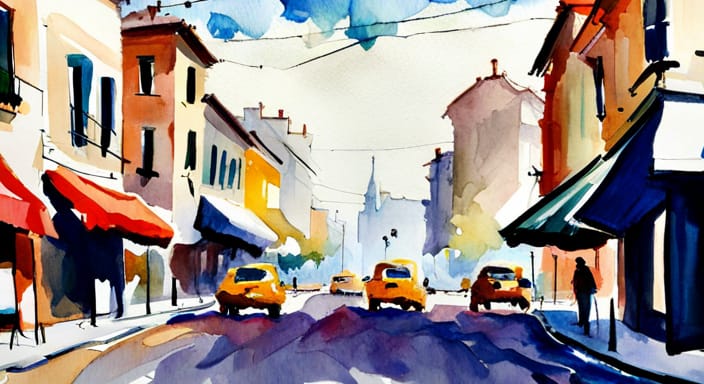
Understanding the Basics: Watercolor Techniques and Tips
Before delving into storytelling with watercolors, it’s essential to familiarize yourself with the fundamental techniques and tips. This includes understanding watercolor theory, blending colors, creating different washes, and adding textures to your paintings. By mastering these basic techniques, you will have a solid foundation to build upon when telling your visual story.
Crafting Narrative Compositions: Planning and Layout
A well-composed painting can effectively convey a story. Start by brainstorming ideas and sketching out rough compositions. Consider the placement of key elements, the use of negative space, and the overall balance of your composition. Experiment with different perspectives and viewpoints to add depth and intrigue to your narrative.
Evoking Emotion through Watercolor: Color and Mood
Color plays a vital role in setting the mood and evoking emotions in your storytelling. Experiment with a range of color palettes, from bold and vibrant to soft and muted, to enhance the atmosphere of your narrative. Understand the psychological effects of colors and use them strategically to convey the desired emotions to your audience.
Using Color to Tell Your Story
Color is a powerful tool that can be used to create a mood, evoke emotions, and tell a story. When choosing colors for your watercolor painting, consider the following:
- The mood you want to create. Do you want your painting to be happy, sad, , or peaceful? Different colors can create different moods. For example, warm colors like red, orange, and yellow can create a sense of happiness and excitement, while cool colors like blue and green can create a sense of sadness and peace.
- The emotions you want to evoke. Do you want your painting to make the viewer feel happy, sad, angry, or scared? Different colors can evoke different emotions. For example, red can evoke feelings of anger and passion, while blue can evoke feelings of calm and peace.
- The story you want to tell. What is the story you want your painting to tell? The colors you choose can help to tell the story by creating a mood, evoking emotions, and setting the scene. For example, if you are painting a scene of a forest, you might choose to use green, brown, and yellow colors to create a sense of peace and tranquility.
Here are some examples of how you can use color to tell your story:
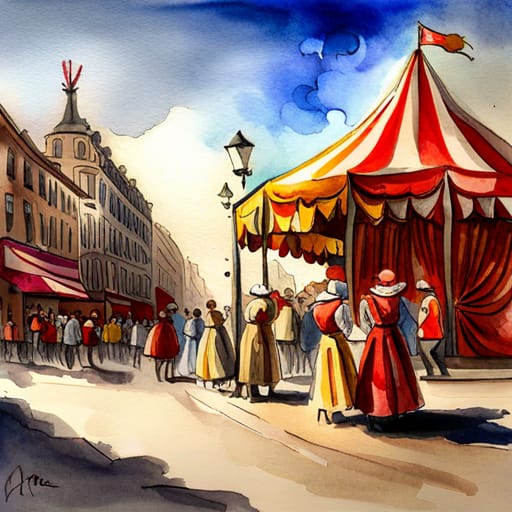
- Use warm colors to create a sense of happiness and excitement. For example, you could use red, orange, and yellow to paint a scene of a carnival or a fireworks display.
- Use cool colors to create a sense of sadness and peace. For example, you could use blue and green to paint a scene of a forest or a lake.
- Use complementary colors to create a sense of contrast and excitement. For example, you could use red and green to paint a scene of a Christmas tree or a Fourth of July fireworks display.
- Use analogous colors to create a sense of harmony and unity. For example, you could use blue, green, and yellow to paint a scene of a tropical island.
Experiment with different colors and combinations of colors to find the ones that work best for your story. With a little practice, you will be able to use color to create paintings that are both beautiful and meaningful.
Characters and Watercolor Portraits: Bringing Your Story to Life
Incorporating characters and portraits into your watercolor narrative adds a human element and helps establish a connection with the viewer. Pay attention to facial expressions, body language, and details that bring your characters to life. Experiment with different brush techniques to capture the essence and personality of your subjects.
Capturing the Essence of Places: Landscapes and Environments
Watercolor landscapes provide an excellent opportunity to convey the mood and ambiance of a specific setting. Experiment with various techniques to capture the play of light, texture, and depth in natural or man-made environments. Incorporate elements such as architecture, foliage, and weather conditions to transport viewers into the world you’re creating.
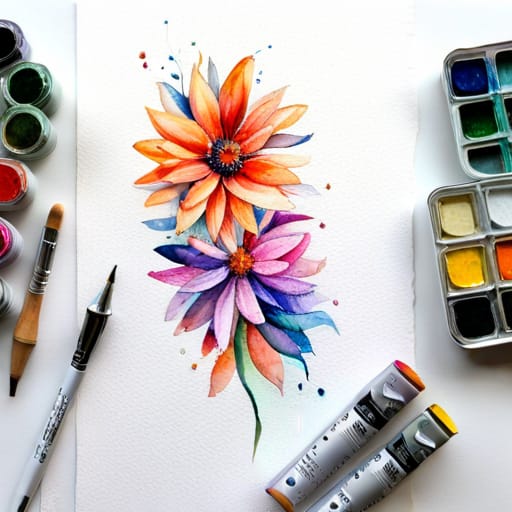
Depicting Nature’s Beauty: Animals and Flowers
Nature can serve as a powerful storytelling element. Incorporate animals and flowers into your watercolor narrative to add beauty, symbolism, or context to your story. Observe the intricate details of animal anatomy and floral structures to capture their essence realistically or artistically, depending on the desired style.
Abstract Narratives: Expressing Ideas Symbolically
Watercolor doesn’t always have to depict recognizable subjects. Abstract art allows you to express emotions, ideas, or concepts through color, form, and texture. Experiment with different brush strokes, layering techniques, and unconventional color combinations to create visually compelling abstract narratives that engage the viewer’s imagination.
Tips for Telling a Story with Watercolor
Here are a few tips for telling a story with watercolor:
- Use simple shapes and forms to create a sense of movement and rhythm.
- Use color to create a mood or atmosphere.
- Use composition to create a sense of depth and perspective.
- Add details to bring your painting to life.
- Experiment with different techniques to find your own unique style.
With a little practice, you can use watercolors to tell stories that are both beautiful and meaningful.
Conclusion:
Watercolors offer a myriad of possibilities for storytelling through painting. By mastering watercolor techniques, understanding color theory, and experimenting with composition and subject matter, you can create captivating visual narratives.
Whether you’re a beginner, a seasoned artist, or even a child, watercolors provide a versatile and accessible medium to bring your stories to life. Embrace the fluidity and expressive nature of watercolors, and let your creativity flow as you embark on your artistic storytelling journey.
